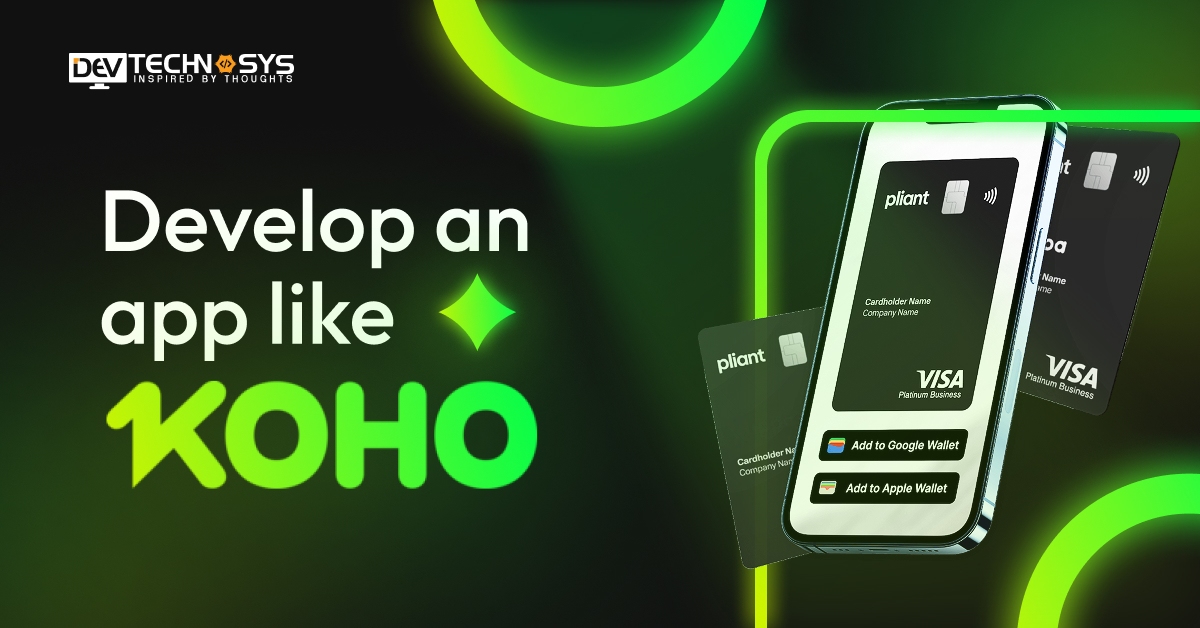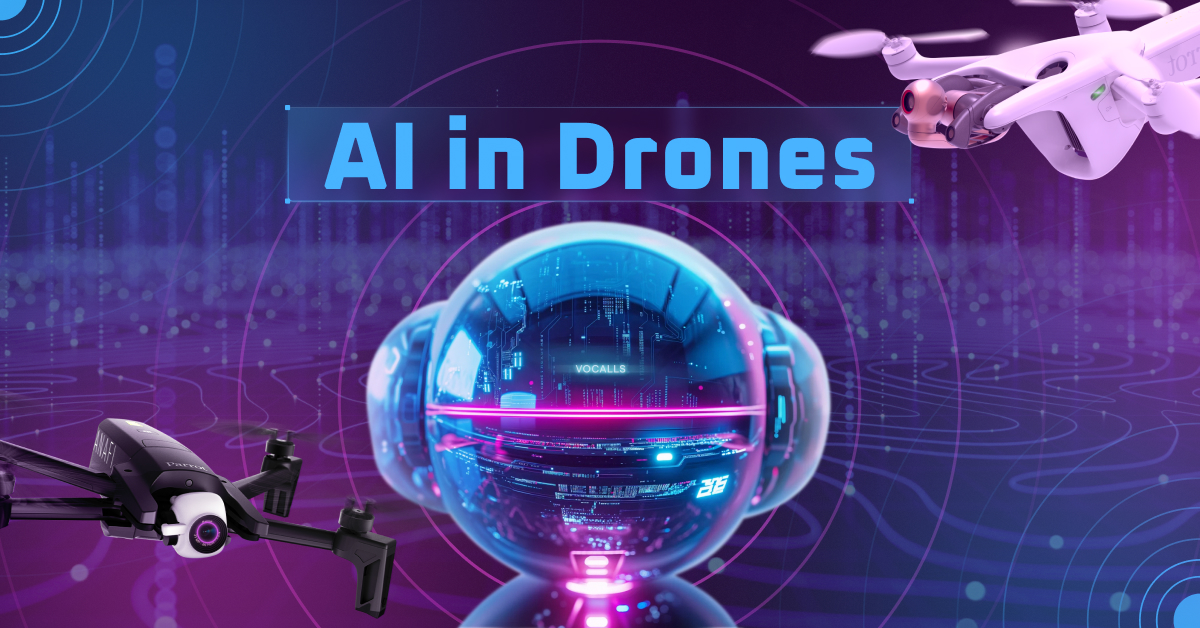The digital world is entering a new revolution that will surpass everything 5G has brought us. Welcome to 6G – a new technology that will redefine hyper-connectivity in a whole new way.
Although 5G is still growing at a slow pace, a race to 6G is underway, promising data speeds in the terabits per second and latency levels near zero, even down to the microsecond range.
The technology is simply going to suck you into the future of mobile networks and hyper-connectivity. In this blog, we will explore the potential for a fantastic experience as 6G is coming and the transformational changes it could bring to our interconnected world.
We will explore experiences such as holographic conversations and intelligent spaces, meticulously planned to the precise second, designed for massive data flows, and let you experience the future of 6G hyperconnectivity.
What is 6G Technology & Why Is It Important?
6G (sixth-generation wireless technology) is the expected successor of 5G and is believed to improve digital connection far beyond its predecessors. The 6G technology roadmap is expected to offer data speeds never seen before (in the terabits per second), with latency nearing absolute zero in milliseconds.
This performance leap will be achieved by utilizing higher frequency bands (terahertz (THz) frequency bands) and leveraging the deep dependence of artificial intelligence (AI) and machine learning (ML) on the network architecture.
This next-level infrastructure will impact the digital evolution, but it will eventually become less so. It will promote a level of immersion in communication that results in what we call holographic communication and enable photorealistic augmented (AR) and virtual (VR) reality (XR) experiences that contain a seamless unification of the physical and digital worlds.
6G will not only lay the foundation for a true Internet of Everything (IoE) to support billions of devices in smart cities, autonomous transportation systems, and automated factories but also create a knowledgeable and interconnected society that enables real-time decision-making in critical applications, such as remote surgery and advanced environmental monitoring.
Industry 4.0 & 6G Revolution: Transformation of the Digital Landscape
The introduction of the 6G wireless standard technology will be a disruptor to Industry 4.0 by taking us to an unprecedented and sophisticated level of automation and interconnectedness.
In addition to the acceleration of speeds for wireless technology, 6G will provide a foundation for an intelligent, responsive, and resilient network infrastructure whose true capabilities have yet to be unlocked for smart factories, autonomous systems, and robotics.
1. Ensuring Seamless and Instantaneous Communication
Allowing for seamless and instantaneous communication between processes, systems, and devices will be the most significant contribution of 6G to Industry 4.0.
Imagine machines on a factory floor capable of communicating with other machines and centralized control systems in microsecond timing, enabling real-time adjustments, predictive maintenance solutions, and instantaneous decisions. This ultra-low latency would enable critical industrial use cases where even a microsecond delay could impact safety and productivity.
2. Connecting Many Devices
Industry 4.0 is all about the number of connected devices and the types of devices, ranging from small sensors that monitor temperature and pressure to robotic arms that perform complex functions.
6G is designed to support an unprecedented number of devices simultaneously, a capability that is not currently possible. This sort of scalability will enable bulk IoT (Internet of Things) deployment across every industrial ecosystem, providing an immense amount of data to offer a comprehensive overview and control.
3. Providing Reliable Network Performance
To rely on an automated system, industry requires a network that is not only rapid but highly reliable. 6G will promise reliable performance across a network with delays in performance even in difficult or congested environments across industries.
This sort of reliability will ensure that the critical parts of the operations can run smoothly and ensure an uninterrupted level of service, allowing trust in selecting automated processes in an industry.
Benefits of 6G Technology For Businesses
6G is poised to revolutionize the old paradigm, enabling new networks and capabilities and redefining the digital landscape for businesses worldwide. Here are five 6G challenges and opportunities:
1. Lightning Fast Connections
6G is expected to deliver data speed 100 times quicker than 5G, making real-time data transmission possible almost without delay. This will further facilitate remote collaboration, cloud computing, and large-scale data processing, enabling businesses across every sector to become more efficient with their operations.
2. Better Integration for IoT
Because 6G has massive connectivity capabilities, businesses will be able to integrate billions of IoT devices almost effortlessly. That means better factories, improved logistics, and advanced automation are universal in industries such as manufacturing, agriculture, and health care.
3. AI-Powered Processes
6G will fuel AI at the edge to allow businesses to process data closer to the data source. Meaning faster decisions, predictive maintenance, and intelligent automation for customer purposes, all while eliminating the need for centralized systems.
4. Experiences with Ultra-Low Latency
As a result of 6G, augmented reality (AR), virtual reality (VR), and mixed reality (MR) experiences will become reachable with ultra-low latency and ultra-high bandwidth. Retailers will be able to build virtual showrooms accessible globally, remote teams can be productive in the metaverse, and 6G and training programs can become fully immersive.
5. Safety & Privacy with Decentralization
6G will have advanced security included with protocols and will have quantum-safe encryption plus the capacity to build and offer decentralized networks. Businesses will benefit from enhanced data protection, ensuring compliance with stricter regulations and building user trust.
What Sets 6G Apart: Core Features & Technological Advancements
1. Expanded Spectrum Horizons
6G will operate in the terahertz (THz) bands, well beyond today’s sub-6 GHz and millimeter-wave spectrum regions, enabling us to exploit large, new, and largely underutilized frequencies.
More spectrum translates to far greater channel capacity, which can support ultrawide-bandwidth services—such as lossless 8K streaming, real-time digital twins, and immersive VR—while highly advanced beamforming solutions will help maintain stable and energy-efficient signals.
2. Extreme high data throughput
1 Tbps peak bandwidth and multi-gigabits-to-the-user-experience rates blow past 20 Gbps, which will make “instant” truly instant. Enterprises can sync large datasets to move to the cloud in seconds, autonomous vehicles can swap sensor feeds spontaneously at perception-equivalent speeds, and remote surgery can rely on imperceptible latency for mission-critical applications.
3. Native AI/ML interoperability
Unlike previous systems that supported applications built on AI at the application layer, AI functionality will be based on ML already existing in the 6G network fabric itself.
On-device inferencing, intelligent routing, and self-optimizing cells will continually tune, predict unintentional faults, and allocate services on demand, and all of this will reduce operating costs while enhancing user performance and experience.
4. Real-time holographic communication
Robust multi-gigahertz channels and processing latencies of sub-milliseconds create 3D dynamic holograms with full-parallax depth and texture to allow executives to meet each other as life-size projections in conference calls, designers to simultaneously manipulate a complete 3D prototype, and educators to engage in immersive, engaging lessons filled with comprehensive presence.
5. Massive Machine-to-Machine Synergy
6G has an ambitious goal – device densities above 10 million connections per square kilometer. Sensors, drones, robots, and wearables will swarm autonomously, enabling smart cities, precision agriculture, and Industry 5.0 factories where machines can communicate, negotiate, and act without any human intentionally giving the machine the authority to act.
6. Disruptive Network Architectures
Gone will be the centralized architectures with a core, and soon you will start to see distributed networks, cloud-native, and even cell-free architectures.
Edge computing gets tightly tied to the radio layer, satellite constellations provide worldwide coverage, and communication-sensing fusion allows base stations and user equipment to act as radars, aware of their environment – creating a network that is fast, green, and resilient.
6G is Coming: Use Cases for Business
1. Real-Time Autonomous Supply Chain Operations
6G is going to provide near real-time data sharing throughout logistics networks using ultrafast, low-latency communications. Swarms of drones, delivery bots, and autonomous trucks will coordinate in real-time without human intervention to better optimize routes, even inventory management, reducing cost and improving delivery times.
2. AI-driven Smart Factories
Manufacturers will use 6G to create smart factories that will run themselves. With interconnected robots, AI-aided quality control, predictive maintenance, etc., 6G in industrial automation will provide all that linked information.
Combined with edge AI and real-time feedback, businesses in manufacturing will have the opportunity to increase efficiency, reduce downtime, and minimize production errors.
3. Immersive Virtual Collaboration
Using 6 G’s advanced high-bandwidth and ultra-low latency speeds, we are about to see an explosion of holographic meetings and mixed-reality work environments.
The future of telecommunications will be able to manipulate 3D models with holographic representations, prototypes, and digital twins, enhancing creativity and enhancing communication and decision-making.
4. Healthcare Reimagined through Remote Surgery
6G in healthcare will also see remote surgeries and robotic medical procedures, engineered with real-time haptic feedback and ultra-high-resolution video and data transfer, become even more local and even more precise.
Clinics in remote regions or practicing in historically underserved communities will be able to have virtual extraction of premium medical expertise, surgical procedures, and other medical services.
5. Next Generation Customer Experience
Next-generation wireless technology creates hyper-personalized customer experiences using augmented reality (AR) try-ons, artificial intelligence (AI) powered agents, and virtual customer support in real time.
The combination of customer-centric innovation, personalization, and technology will improve engagement, customer satisfaction, and conversion rates.
Strategies for Business Transformation: How Should Businesses Leverage 6G?
As the emergence of 6G grows nearer, it is important for future-minded businesses to get prepared and leverage its transformative ability. Here are practical ideas about how to get your business thriving in 6G:
1. Invest in AI and Edge Computing
The 6G network will create AI on the edge of the network. Therefore, organizations should embed edge computing solutions to visualize processing data closer to their users – allowing faster decision-making, real-time automation, and less latency across their operations.
2. Develop 6G-Ready Infrastructure
The first step is to enhance your existing digital 6G infrastructure so that it is scalable and can support ultra-fast transfers of data, massive connections of devices, and high-throughput demands. This may include but isn’t limited to, adopting cloud-native architectures, modular IoT systems, and interoperable platforms.
3. Seize the Opportunity for IoT Expansion
With 6G connectivity enabling billions of connected devices, businesses must develop plans to deploy and manage IoT ecosystems at scale. Whether they are smart factories or real-time asset-tracking systems, 6G will enable some incredible operational insights.
4. Start Exploring Immersive Technologies
You may wish to begin an experimental phase regarding AR, VR, and holographic communication tools to help build remote collaboration, training, and customer engagement. These experiences will become interactive mediums of engagement in the 6G landscape.
5. Focus on the opportunity for Cybersecurity Innovation
6G will bring new network architectures and new threat landscapes. Businesses will look to focus on quantum-safe encryption, AI-based monitoring of security, and privacy-driven protocols for web application development that processes to protect sensitive data and build trust.
How Can Dev Technosys Expedite The Digital Evolution of Your Enterprise in The New 6G Era?
In conclusion, as we move quickly into the new 6G era, with the promise of new connectivity and possibilities, let Dev Technosys be your strategic partner in the world of enterprise technology solutions.
Our vast and unrivaled experience in emerging technologies means we can partner with you as a forward-thinking entity and ensure that your enterprise doesn’t just adapt but thrives.
We help businesses realize the digital transformation they need to get through their journey and achieve their potential and position in a hyper-connected future. Work with our developers to radically change your company’s digital destiny.
FAQ
Q: How Will 6g Affect People In Their Everyday Lives In 2030 And Beyond?
People will be entertained by hyper-personalized AI, receive constant intelligent health monitoring, and engage in well-structured, immersive remote working/learning spaces. Smart cities will genuinely be smart because of 6G enabling hyper-connectivity.
Q: Which Emerging Technologies Will Benefit The Most From 6g? A
We’ve realized that there will be enormous payoffs from the 6G rollout for artificial intelligence, the Internet of Things (IoT), advanced robotics, and autonomous systems. The speed and ultra-low latency of 6G will completely remove barriers to their functionality across all industries.
Q: What Is The State Of Play Globally On 6g Standardization And Deployment?
Global research and support programs are starting to roll out. They primarily focus on defining spectrum identification, new air interfaces, new types of network architecture, etc.
Standardization bodies are actively engaged in defining the specific metrics of future specifications. We expect commercialization around 2030.





















